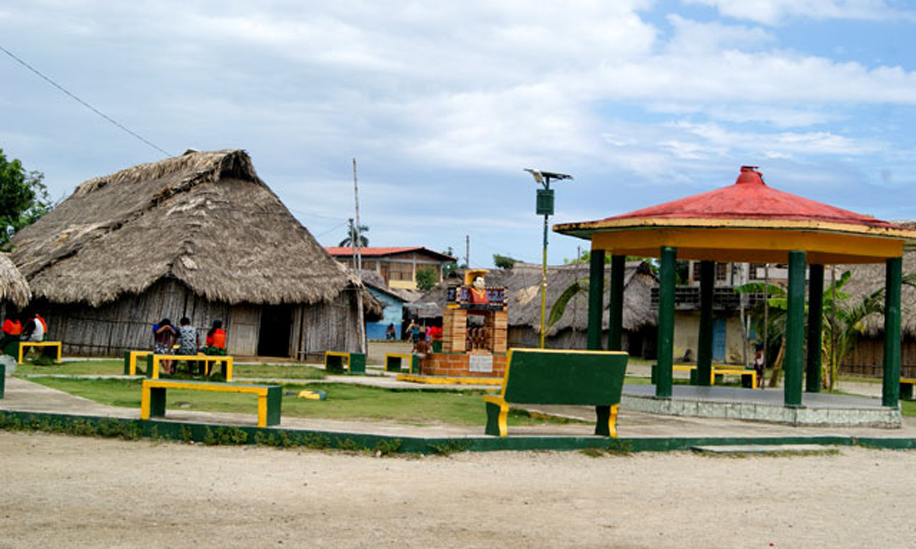Kuna Yala is an autonomous territory or comarca in Panama, inhabited by the Kuna indigenous people. Kuna Yala is 924 square miles and has a population of 36,487 people (2004). About 36 of the comarca’s 365 islands are inhabited by Kuna communities, with an additional 13 communities located on the mainland coast. Kuna Yala also houses a biosphere reserve, the Narganá Protected Area, which covers 386 square miles. Kuna Yala´s beaches are one of the least impacted and best protected nesting grounds for the critically endangered leatherback sea turtle.
Carti is a group of island communities totalling about 1,000 residents located in the western side of the Kuna Yala Indigenous Territory. Relatively easy access to Carti and the incredible beauty of its white sand beaches are the main reasons that tourism has significantly increased. Tourism has brought a problem: a major increase in garbage.
Seacology is providing equipment for a comprehensive waste management and recycling system for the five island communities where the Kuna have installed homestay facilities. In exchange for the equipment, the Kuna Indigenous Congress, along with the Carti community leadership, will draft waste management regulations for the area, comprising more than 7,413 acres of marine, island, and coastal habitat. It is expected that the improvised landfills and the pollution they bring will begin to disappear, helping secure the long-term survival of this mostly pristine natural environment and turning tourism into a more sustainable and less polluting economic activity.



